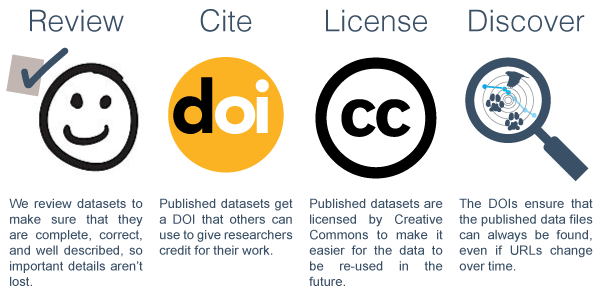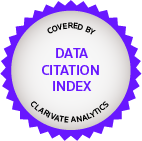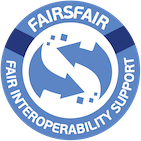The Movebank Data Repository
The Movebank Data Repository is Movebank's formal archiving service, hosted by the Communication, Information, Media Centre of the University of Konstanz. The data in Movebank are unique observations of animal movements that can never be reproduced, and should be available to answer new questions decades from now. The Repository complements Movebank's flexible tools for sharing, managing and analyzing animal movement data throughout all stages of research by publishing completed research datasets and analysis workflows to provide researchers with citable data publications and ensure long-term access to data and repeatable analysis. The Repository strives toward the FAIR Principles to improve the findability, accessibility, interoperability and reuse of data. We do this by reviewing submissions for quality and completeness, issuing digital object identifiers (DOIs) and data licenses, and offering tools for data discovery and access.

Published data
As of January 2024, the Repository contains 325 curated, publicly archived datasets containing 279 million locations describing movements and behavior of over 15,000 animals, representing 229 species. These data underlie nearly 400 peer-reviewed papers published in 125 journals by nearly 1,000 data authors.
How it works
The Repository hosts two collections:
Data packages: Animal tracking datasets composed of data on Movebank. If a study in Movebank has a related publication in the Repository, the DOI and a link will be shown in the Study Details. Published data are associated with one or more published peer-reviewed journal articles or other descriptions of the data.
Analysis workflows: Analysis workflows developed in MoveApps. Each published workflow relates to at least one study in Movebank and is associated with a written publication reporting the analysis. Workflows contain the source code for each App in the workflow and information needed to replicate the working environment and settings used.
Data owners and analysts can choose to submit to the Repository. Through the Repository, we offer several additional benefits compared to a typical user-managed study on Movebank. Here are the differences at a glance:
| Feature | Benefit | Movebank | Movebank Data Repository |
|---|---|---|---|
| Store | Store data. | X | X |
| Find | Search for and find data. | X | X+ |
| Collaborate | Find people and start new projects. | X | X |
| Format | Store data using a shared data model and vocabulary. | X | X |
| Manage | Manage data during collection and analysis. | X | |
| Share selectively | Share your data with colleagues. | X | |
| Share with the public | Make your data available to the public. | X | X |
| Reuse | Reuse data for new purposes. | X | X+ |
| Data review | Ensure the data are complete and correct. | X | X+ |
| Data license | License the data to allow future re-use. | X | X |
| Data citation | Have a citable reference for your dataset. | X | |
| DOI | Obtain a unique digital object identifier for your dataset, with a link to the data that won't change over time. | X | |
| Find anywhere | Be discovered beyond Movebank through search engines like the Web of Science's Data Citation Index and Google's Dataset Search. | X |
How to submit
To learn more about the review process and to prepare your submission,
- See the Submission Guidelines.
- Review our best practice tips for preparing data. You can organize your data on Movebank, or prepare data files for us to organize for you.
- Read answers to frequently asked questions about the repository.
- For other questions, contact our curation team at movebank.datarep@uni-konstanz.de.
Note that the review process can take time. If you intend to cite your data or workflow in a manuscript, it is best to begin your submission while the manuscript is in review. To submit to the Repository, please complete our Depositor Agreement.
Recognition
The Movebank Data Repository's data package collection is certified as a trustworthy repository by CoreTrustSeal. The Repository is recommended by a number of journals and publishers to meet data archiving policies, including the British Ecological Society, the Journal of Zoology, Oikos and Springer Nature. We have also received support from FAIRsFAIR in obtaining CoreTrustSeal certification and improving repository interoperability.






